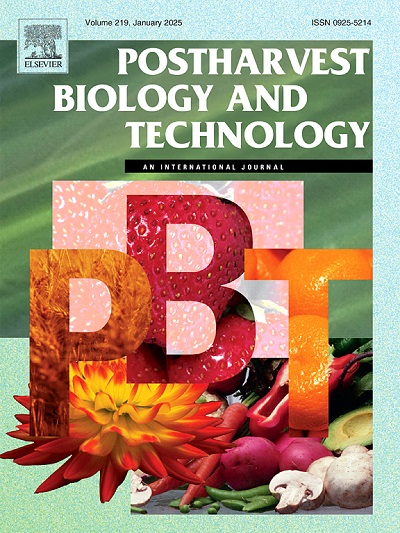Meta-analysis of Frequency Learning Networks combined with co-depth point localization identification to screen and validate efficient preservation methods for pitaya: 1-methylcyclopropene, carvacrol and gibberellic acid
IF 6.4
1区 农林科学
Q1 AGRONOMY
引用次数: 0
Abstract
This study verified the feasibility of Meta-analysis combined with co-depth point localization identification in screening plant preservation methods and innovative joint-use preservation strategies, pointed out the reasons for the deviation, optimized the computational method of network Meta-analysis, and explored the effectiveness of the combined treatments screened under the combination of the two approaches in practical application. A Bayesian random-effects model with Meta-analysis of Frequency Learning Networks (FLN) was used to compare the freshness preservation effects of pitaya under 28 different interventions, and the best interventions were screened for a single quality index of pitaya during the storage period. We combined the two treatments with the highest weights after the comparison and found, both experimentally and after validation with co-depth point localization identification, that the 1-methylcyclopropene (1-MCP) + carvacrol (CVR) coupled with gibberellic acid (GA3) soaking was more effective in suppressing postharvest pitaya decay and maintaining quality during storage than 1-MCP + CVR treatment alone or soaking with GA3.
求助全文
约1分钟内获得全文
求助全文
来源期刊

Postharvest Biology and Technology
农林科学-农艺学
CiteScore
12.00
自引率
11.40%
发文量
309
审稿时长
38 days
期刊介绍:
The journal is devoted exclusively to the publication of original papers, review articles and frontiers articles on biological and technological postharvest research. This includes the areas of postharvest storage, treatments and underpinning mechanisms, quality evaluation, packaging, handling and distribution of fresh horticultural crops including fruit, vegetables, flowers and nuts, but excluding grains, seeds and forages.
Papers reporting novel insights from fundamental and interdisciplinary research will be particularly encouraged. These disciplines include systems biology, bioinformatics, entomology, plant physiology, plant pathology, (bio)chemistry, engineering, modelling, and technologies for nondestructive testing.
Manuscripts on fresh food crops that will be further processed after postharvest storage, or on food processes beyond refrigeration, packaging and minimal processing will not be considered.
 求助内容:
求助内容: 应助结果提醒方式:
应助结果提醒方式:


